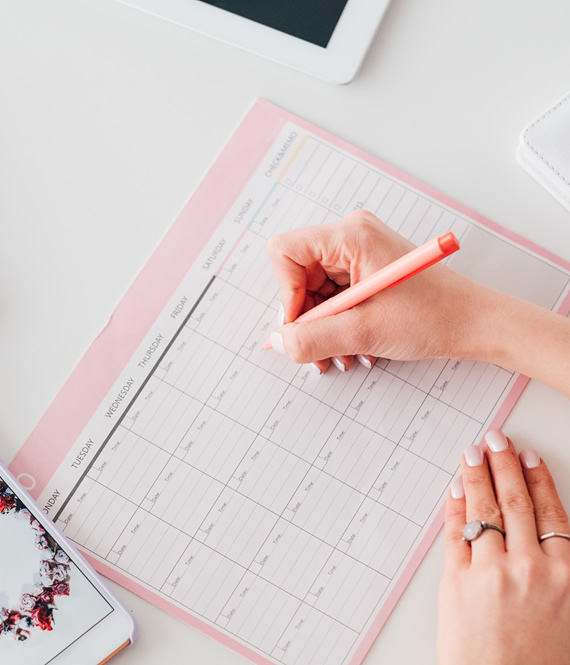
How To Set Up a DIY Planner That Fits You + Tons Of Free Printable Templates
We recommend helpful products in our articles. Read our full disclosure here. The content on this website is not intended to be a substitute for professional advice, diagnosis, or treatment.

Planning is an amazing habit to master!
It helped me get my life back and supported me while I took small, anxious steps in my early twenties.
That time was hard for me and I knew I had to do something (read about it here: How to beat negative thoughts and restart yourself.)
I’ll be honest with you – if you want to stop being lazy, get your life together, or finish hoarded tasks, you need to start a DIY planner.
It is a simple, reliable way to change anything you don’t like.
Why?
Because planning is like writing instructions to yourself.
Ever tried assembling IKEA furniture without instructions?
It’s possible, but it’s straight-up cruelty!
It takes much longer, you have to redo things…
And at the end, you still have extra bolts left (“Wait… These should be IN the furniture!”).
But that’s exactly what you’re doing every time you try to achieve things without a plan.
Trying this, trying that…
Doing one week, skipping another…
Missing things, forgetting things, ignoring things, cursing things, and basically living a hot mess of a life.
It’s so much easier to work by directions instead of doing things randomly!

Why You Need a DIY Planner
A good, well-fitting DIY planner can help you to:
- bring back the peace of your mind;
- regain the feeling of control;
- finish big and boring tasks;
- stay motivated and keep going.
It is also very helpful if you struggle with anxiety because it eliminates the fear of forgetting things!
Also read: How To Use Planning To Relieve Your Anxiety
The reason I recommend a DIY planner is that it’s the only way to completely personalize the planner to fit you and your lifestyle perfectly.
Store-bought planners usually look great, but lack of options to adapt the planner to your needs (it’s harder to find planner refills as well).
There are also apps you can use for planning, but I know that not everyone can use them due to different reasons.
So, why not start planning your life with a nice DIY planner?
Let’s see what you can try to start one today!
4 Easy Ways To Set Up a DIY Planner
There are a few ways to set up a DIY planner.
Each one has its own perks & downsides.
1. Using a store-bought notebook for simple, handwritten planning
- Perks: The fastest way to write a plan.
You only need to buy a notebook and start writing.
- Downsides: May lack variety. It becomes complicated if you need to plan & track a lot of things.
2. Using a ring binder or document holder with printed planner pages
- Perks: Fast, relatively cheap, and practical.
You can find a binder you like and fill it with premade templates that look good and can be printed many times.
- Downsides: A binder might get a little heavy if you use a lot of pages or print on extra-thick paper.
3. Using a clean notebook to set up a bullet journal
- Perks: Bullet journaling is great if you are creative and love to draw.
In a bullet journal, you are designing & painting templates yourself.
- Downsides: If you don’t like to draw or prefer a cleaner look, then bullet journaling will not fit you at all.
4. Using a store-bought, pre-filled binder
- Perks: These are pretty and come with a sturdy cover (usually with pockets too).
- Downsides: Expensive, not many ways to personalize, and requires looking for new inserts once you use up the ones inside.

Which Sections Should You Add To a DIY Planner
While this is very personal, I recommend having these sections for a nice & uncomplicated planning system.
Everything from the “Main Sections” is the core of every DIY planner.
Other sections are completely optional.
You can paint the layouts yourself, use a store-bought planner or get printable templates (which I recommend the most, and will give you free options below!).
1. Main Sections
These planners control your time, calendar, and tasks – the main things to plan if you need more balance & order in your life.
- Daily planners;
- Weekly planners;
- Monthly planners;
- Calendars and calendar planners;
- To-do lists.
2. Life-Related Sections
- Meal planners;
- Food diary;
- Medication logs;
- Workout trackers;
- Sleep tracker;
- Wellness planners and similar.
3. Note-Taking Templates
- Various, universal note templates for quick scribbles.
4. Additional Sections
Add these to control: self-care, mental health, productivity, goals, and anything else you want to take care of!
Such sections can be used as an expansion to the main DIY planner or used separately for focused planning.
Both ways are awesome and keep you moving forward – that’s the most important benefit of planning habits overall.
- Habit trackers;
- Challenge calendars;
- Project planners;
- Anxiety journals;
- Gratitude journals;
- Mood trackers;
- Goal planners;
- Self Discovery journal;
- Finance tracker or a budget planner and similar.
Free Printable DIY Planner Templates
If your planner of choice is a do-it-yourself planner with printable templates, you’re in the best place ever.
We have a ton of free printable, beautiful planner goodies that can help you to build a diy planner of your dreams!
But wait – these are merely a few!
By the time you read this, there are probably a lot more printable we share with you guys for free.
Best Paper For a DIY Planner
I recommend looking for thicker paper for your DIY planner.
It prevents paint bleed through and is more durable.
An added benefit – it feels more pleasant and almost luxurious to the touch!
I like to use 160gsm paper for the “Use And Throw Away” kind of planner.
You use up daily planners or shopping lists quickly so there’s no need to use thick paper.
But, if you’re printing something for repeated use, you can go up to the whooping 250gsm!
Your planner will feel like A BOOK.
Another reason to use thicker paper is if you’re printing the planner to gift.
Print it on thicker paper and it will look incredibly attractive and professional.
Best Time To Use Your DIY Planner
I’ve found that having a planning time system can help you to stay consistent with your planning habits.
Here are the best times I recommend for planning
A) Planning on Sunday
Sunday evening is perfect if you want to concentrate on your next week without distractions.
Write a weekly plan & meals to create a backbone for the whole week.
You’ll know what & when you will do and how you’ll get the energy to do it.
It also gently introduces you back to the work mood.
B) Planning every day in the morning
Early morning, a nice cup of coffee, a ray of morning sunshine, and a pretty, personalized DIY planner.
It sounds fun and it is fun!
Planning in the morning creates a backbone for your day.
The key here is to choose a healthy amount of tasks.
Do as much as you can, but if you feel tired or even exhausted, make sure to include more self-care activities!
Writing Tips For Your DIY Planner
- If you use slimmer paper, don’t use wet pens or markers as they may show on the other side and even transfer on your table (yikes!).
- Have you ever thrown away half of a notebook because you couldn’t write a pretty headline? Guilty… If you’re a perfectionist, using a pencil instead of a pen is way easier – you can always erase your mistakes.
- If you think pencils are too light, ask for the darkest pencil at the stationery store (and yes, there are pencils that are blacker than the regular black!).
I like to use a 9B pencil, which is very black.
Accessorizing Your DIY Planner
The fun part!
You can make your DIY planner prettier and more fun to use by adding extra thingies.
Go crazy with…
- Sticky notes;
- Paper clips;
- Planner stickers;
- Planner dividers;
- Washi tape;
- Clip-on decorations;
- Stencils and similar goodies.
Conclusion
I hope you found a lot of helpful DIY planner ideas in this guide.
Setting up your first DIY planner can seem a little daunting, but it definitely pays off in the end.
With a good DIY planner, you can be more organized, motivated, and punctual – who knew there was so much power in a few sheets of paper?
P.S.
Don’t forget to grab all those free printable templates for your DIY planner!
If you like these tips, scroll down for more!
"We love to research problems, examine studies, analyze solutions, and share with you ideas that make life healthier. You can learn about us and our editorial standards here. Have suggestions or feedback to share? Send us a message!."






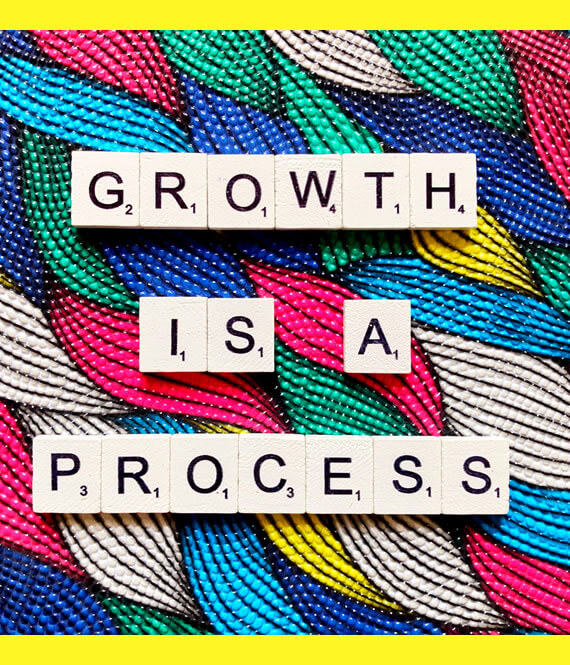
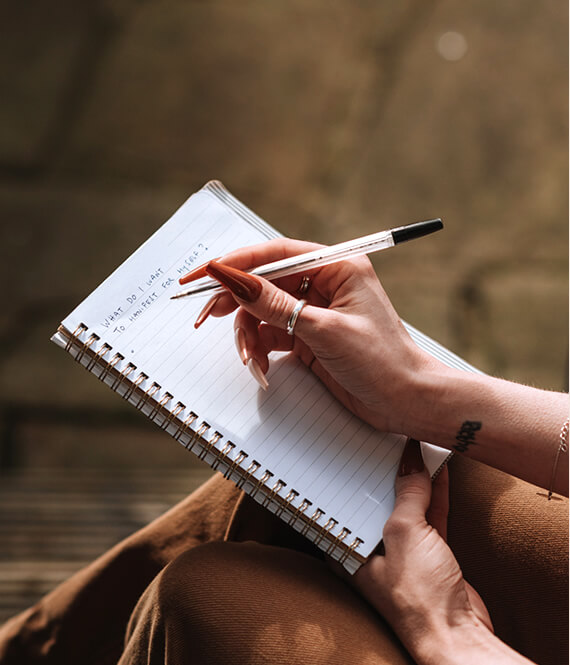
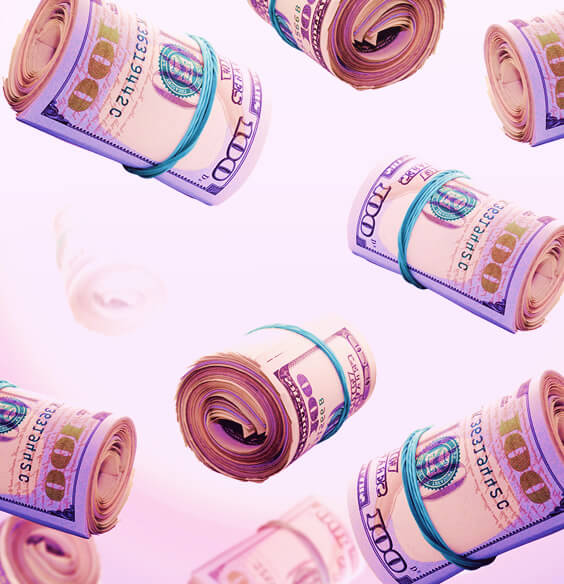
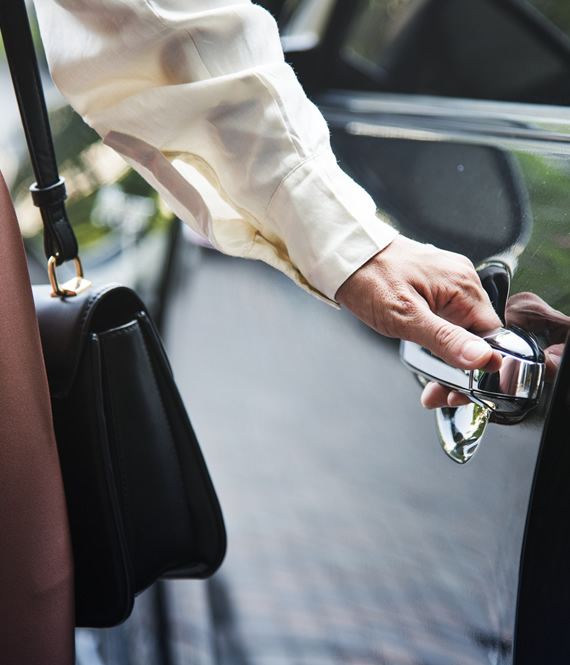

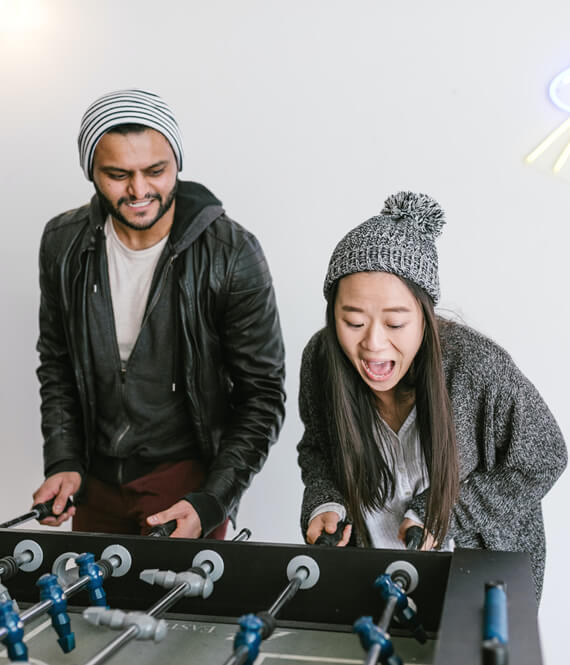
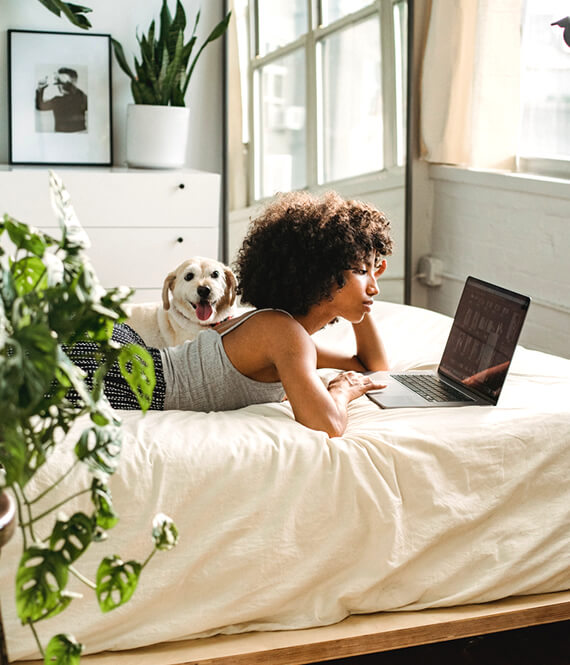

Leave a Comment